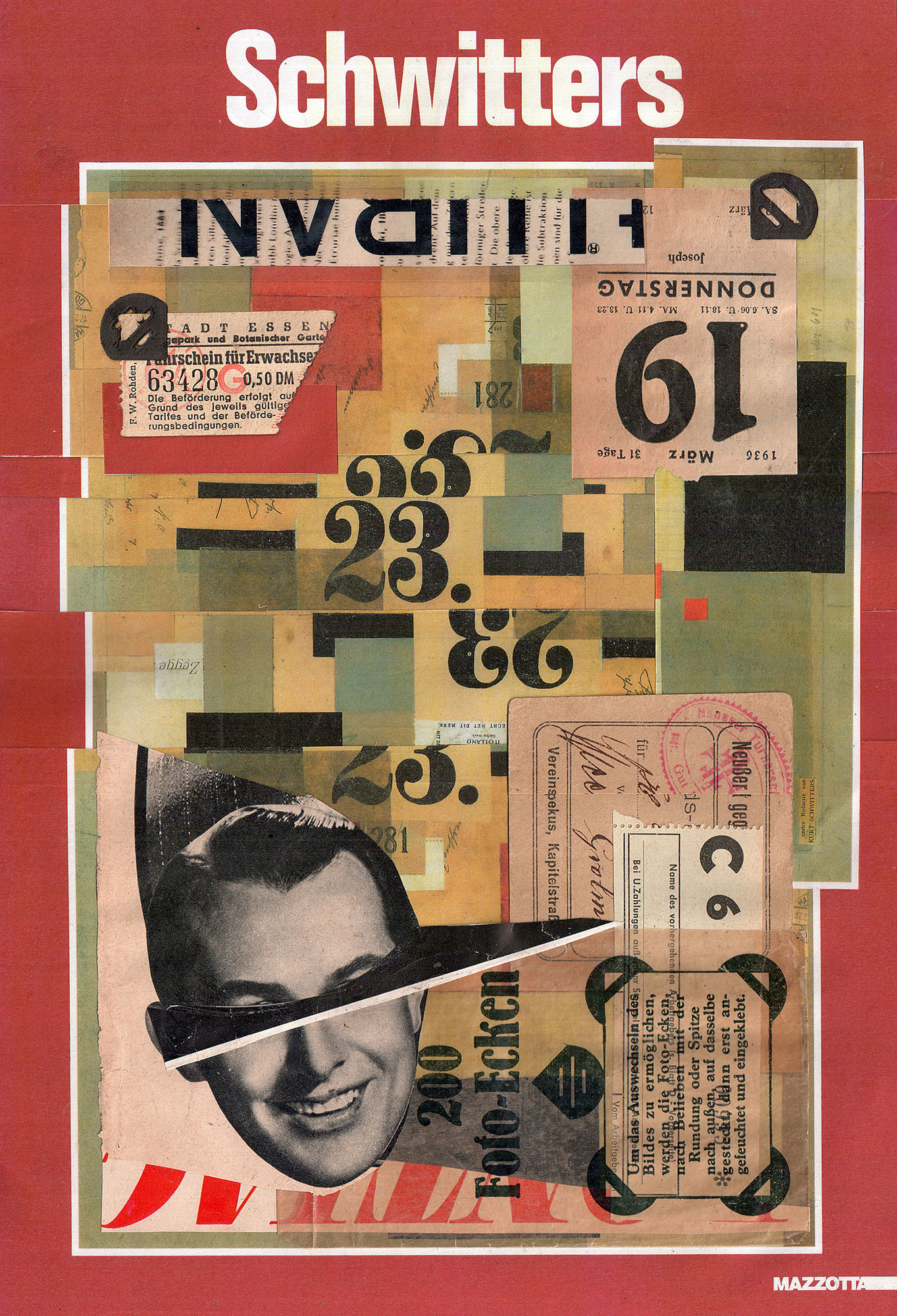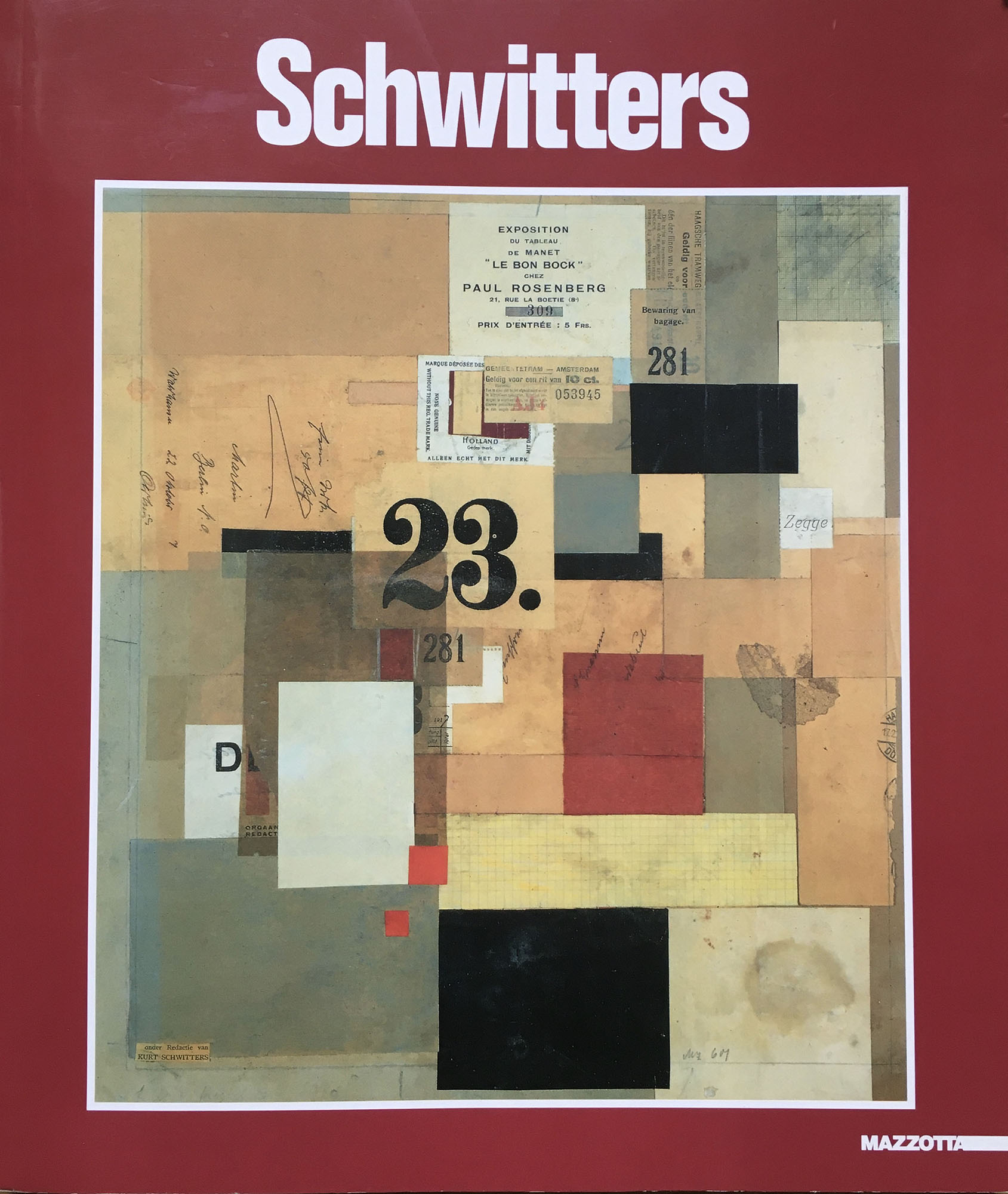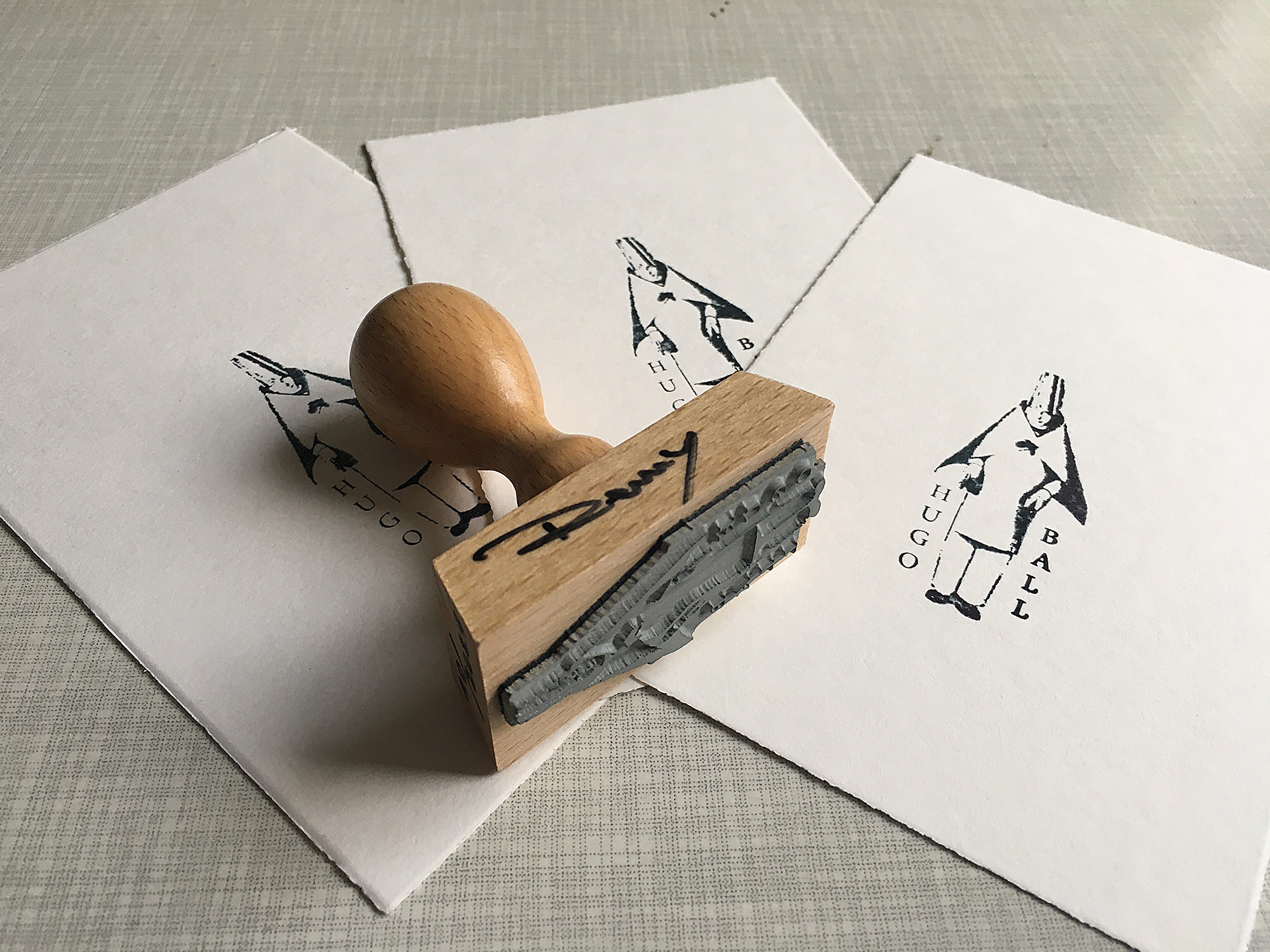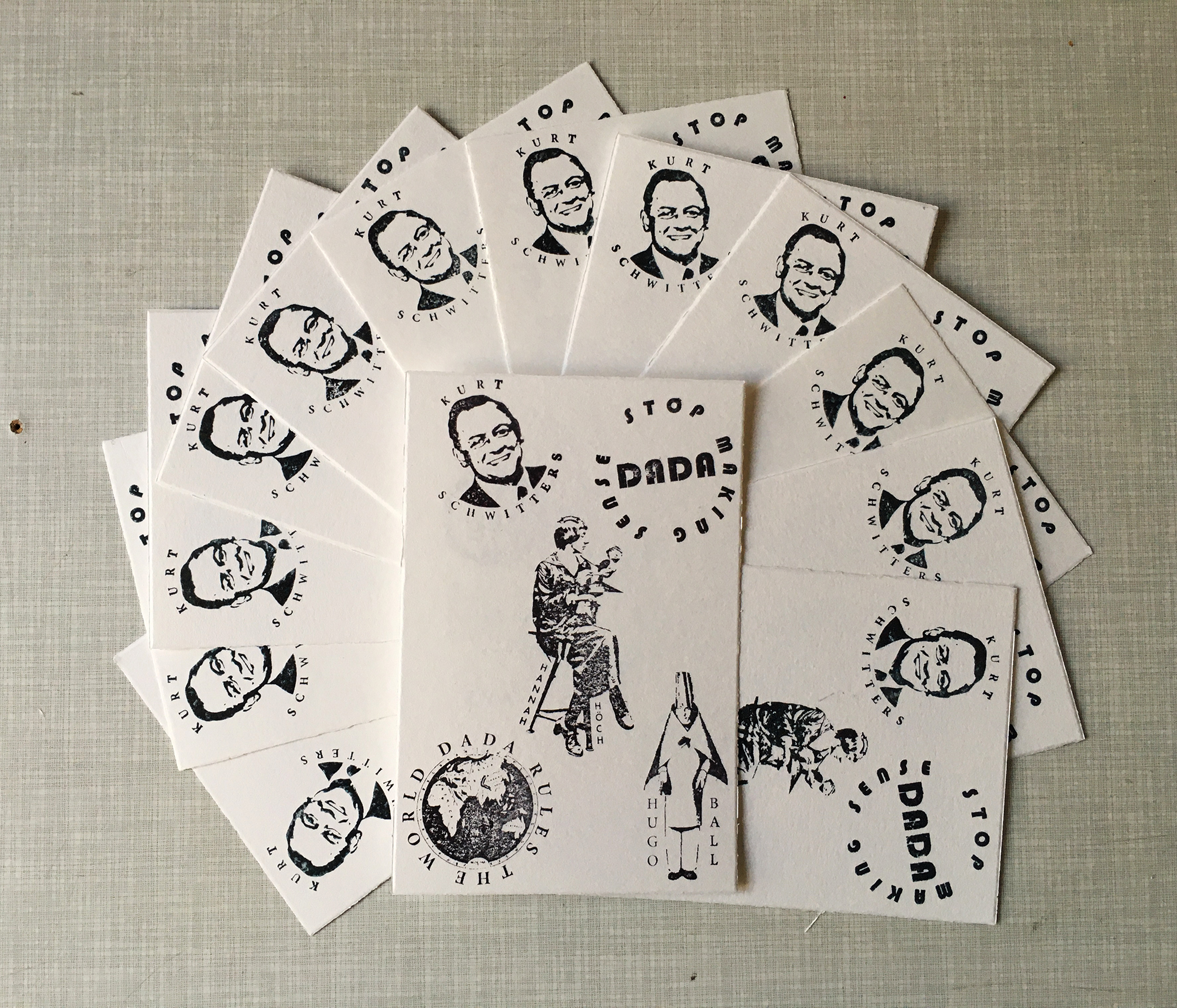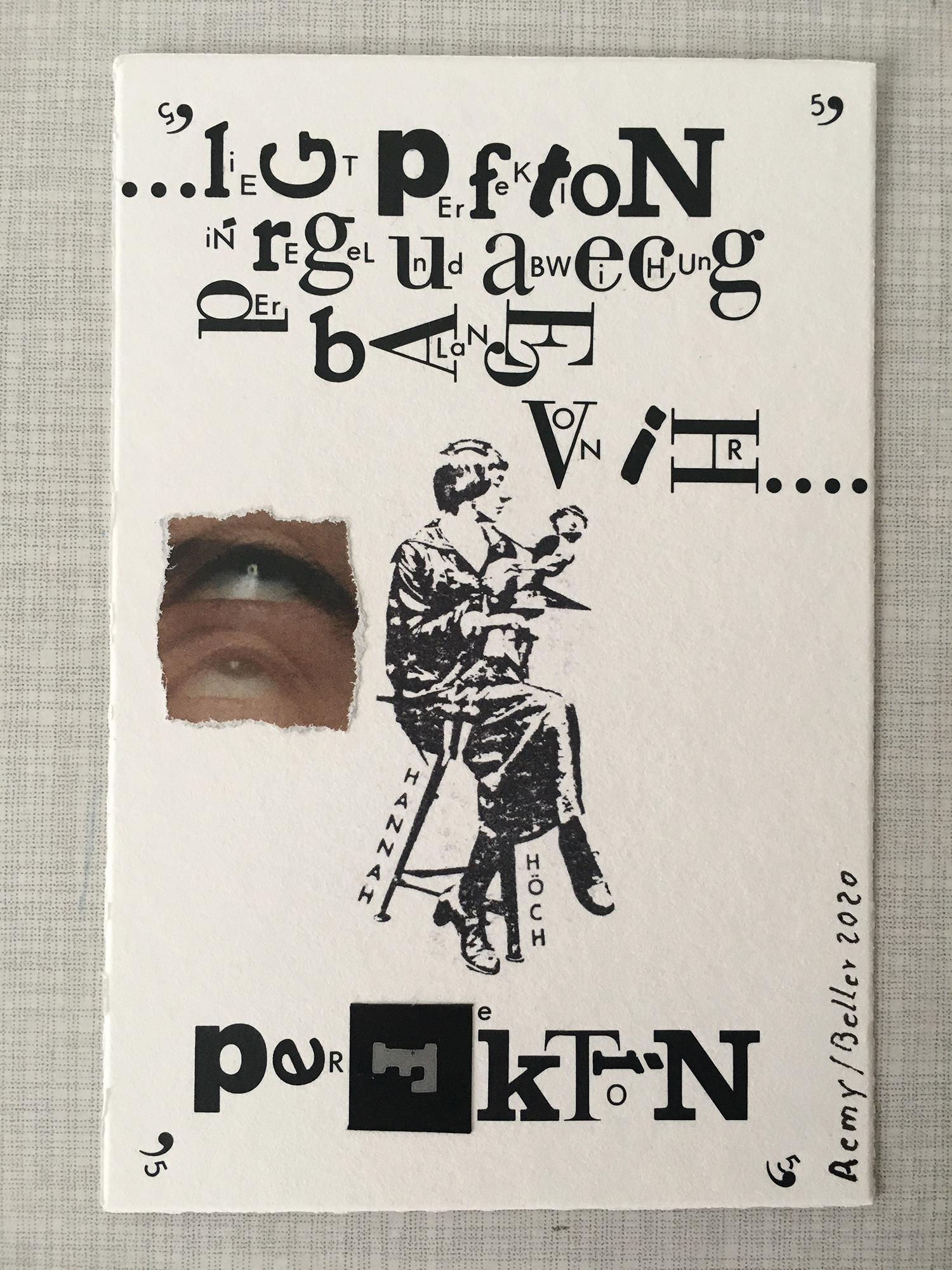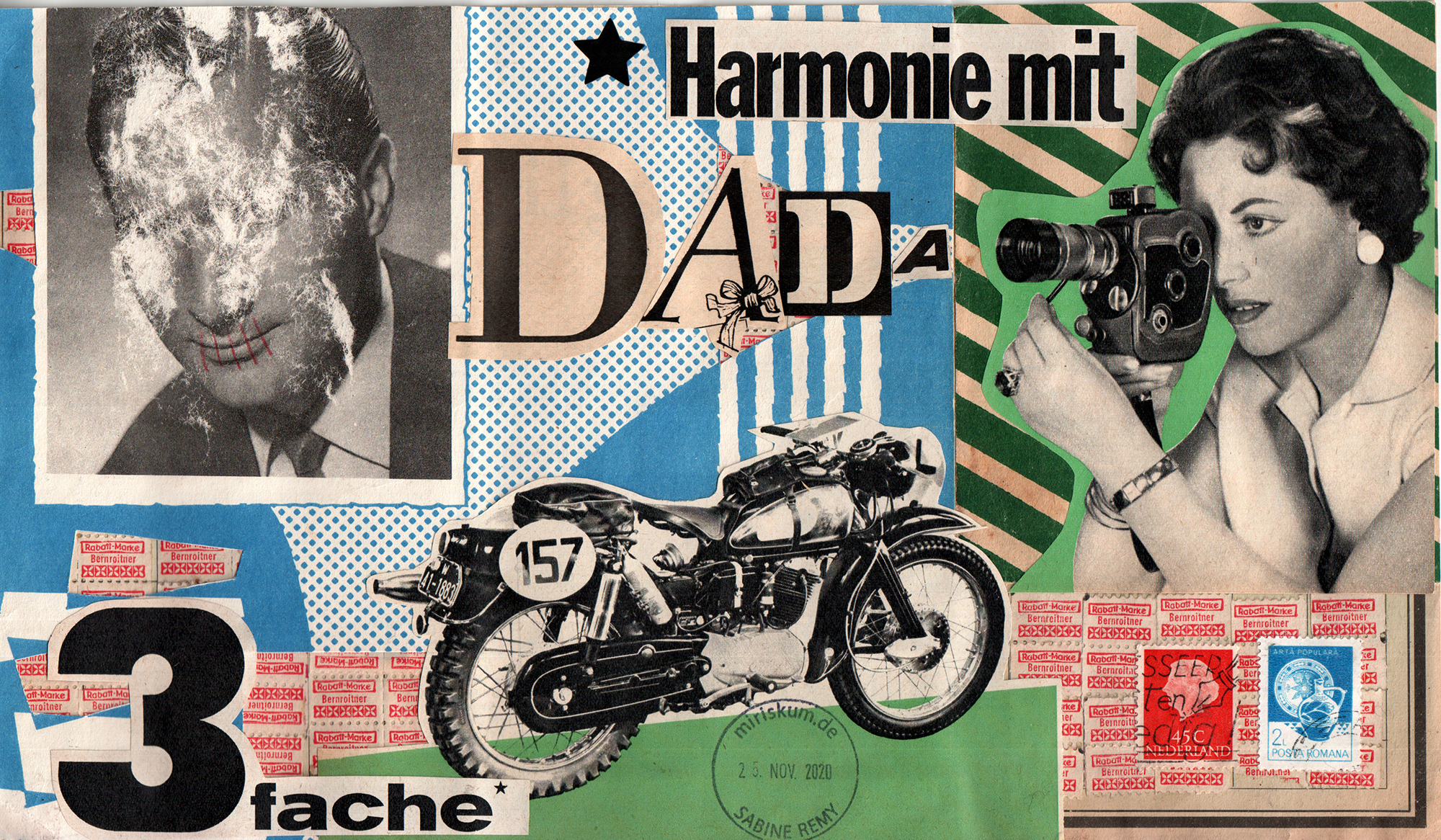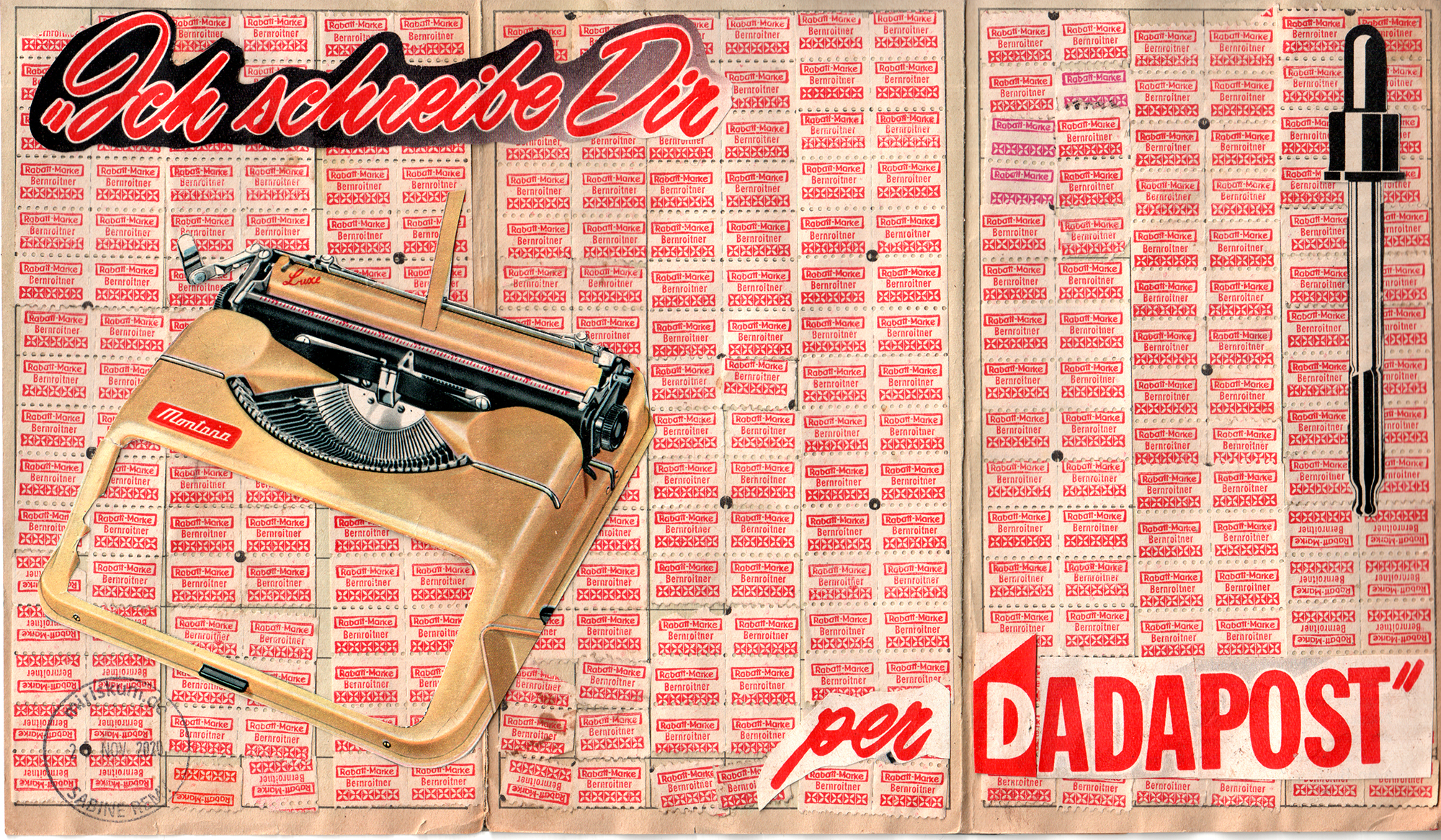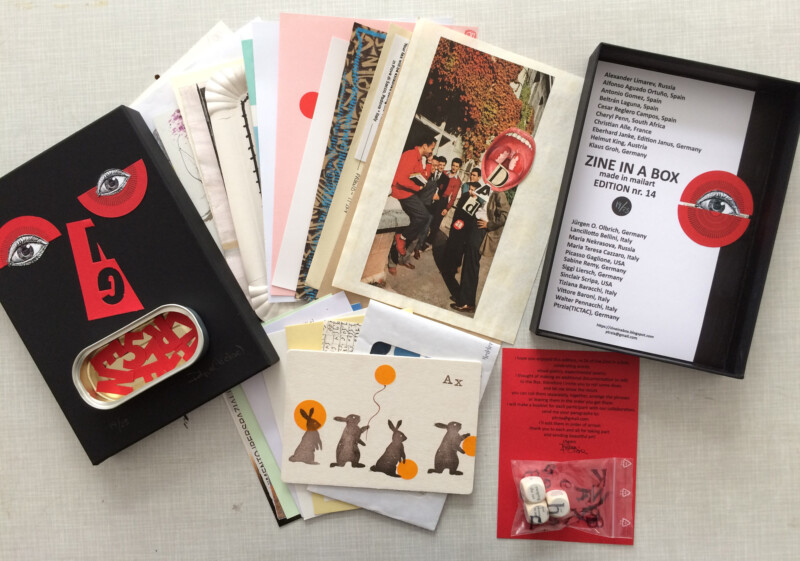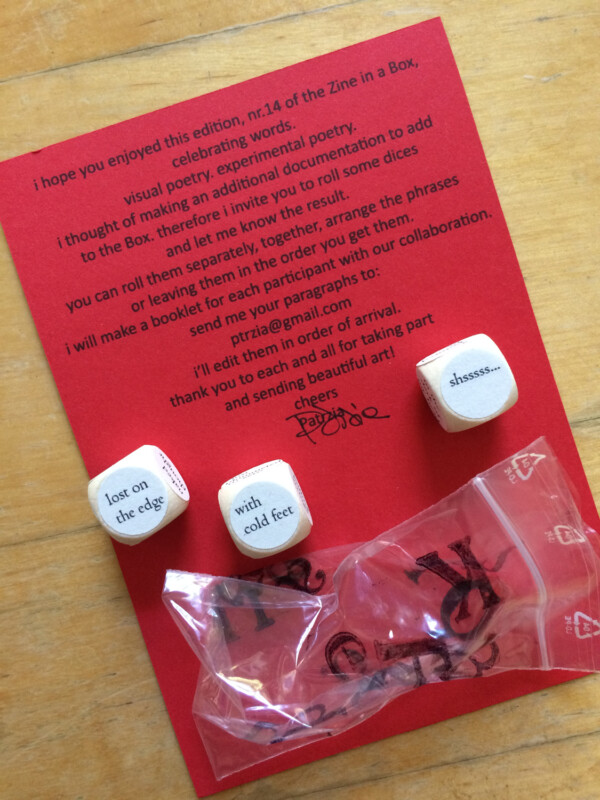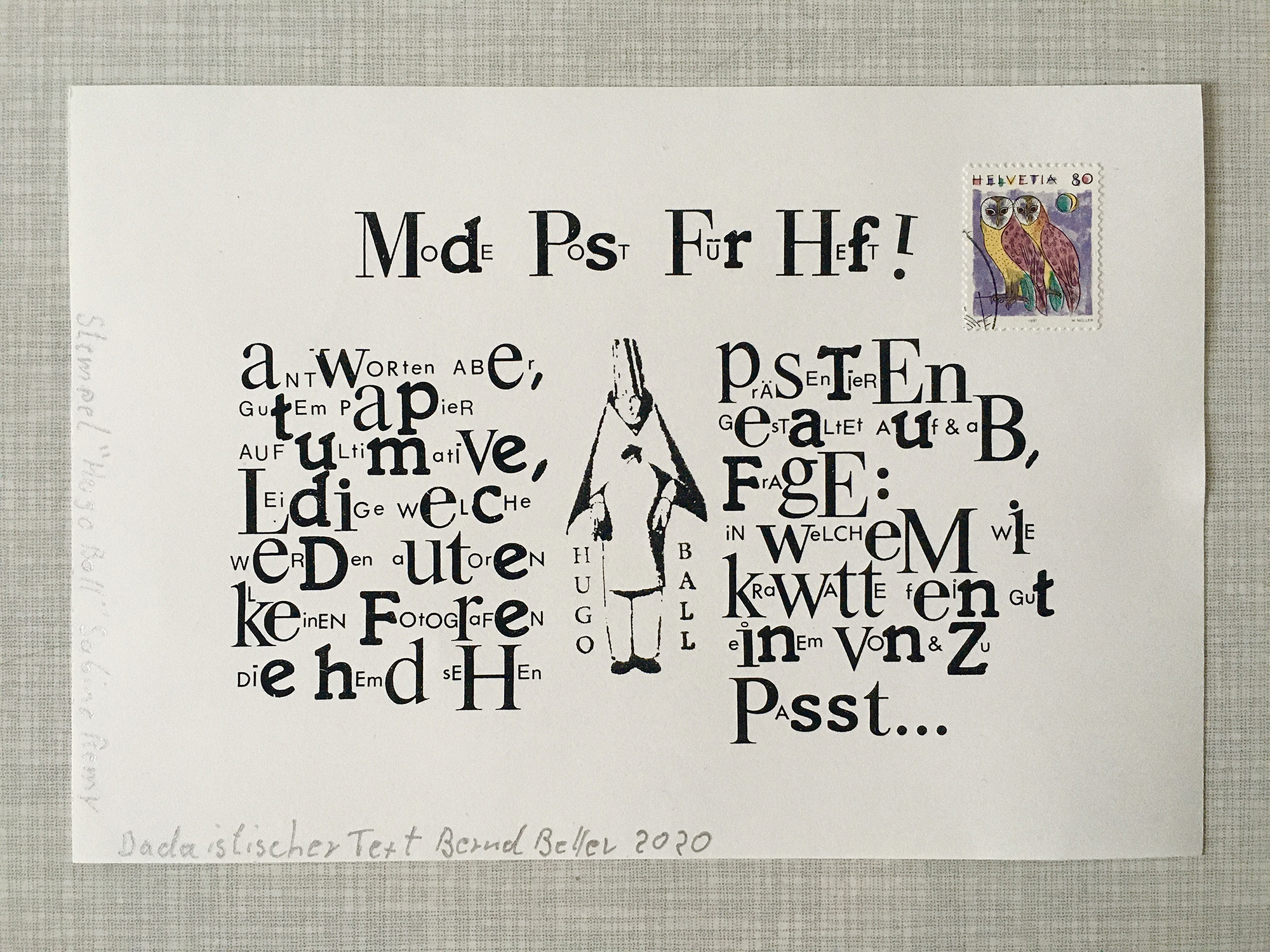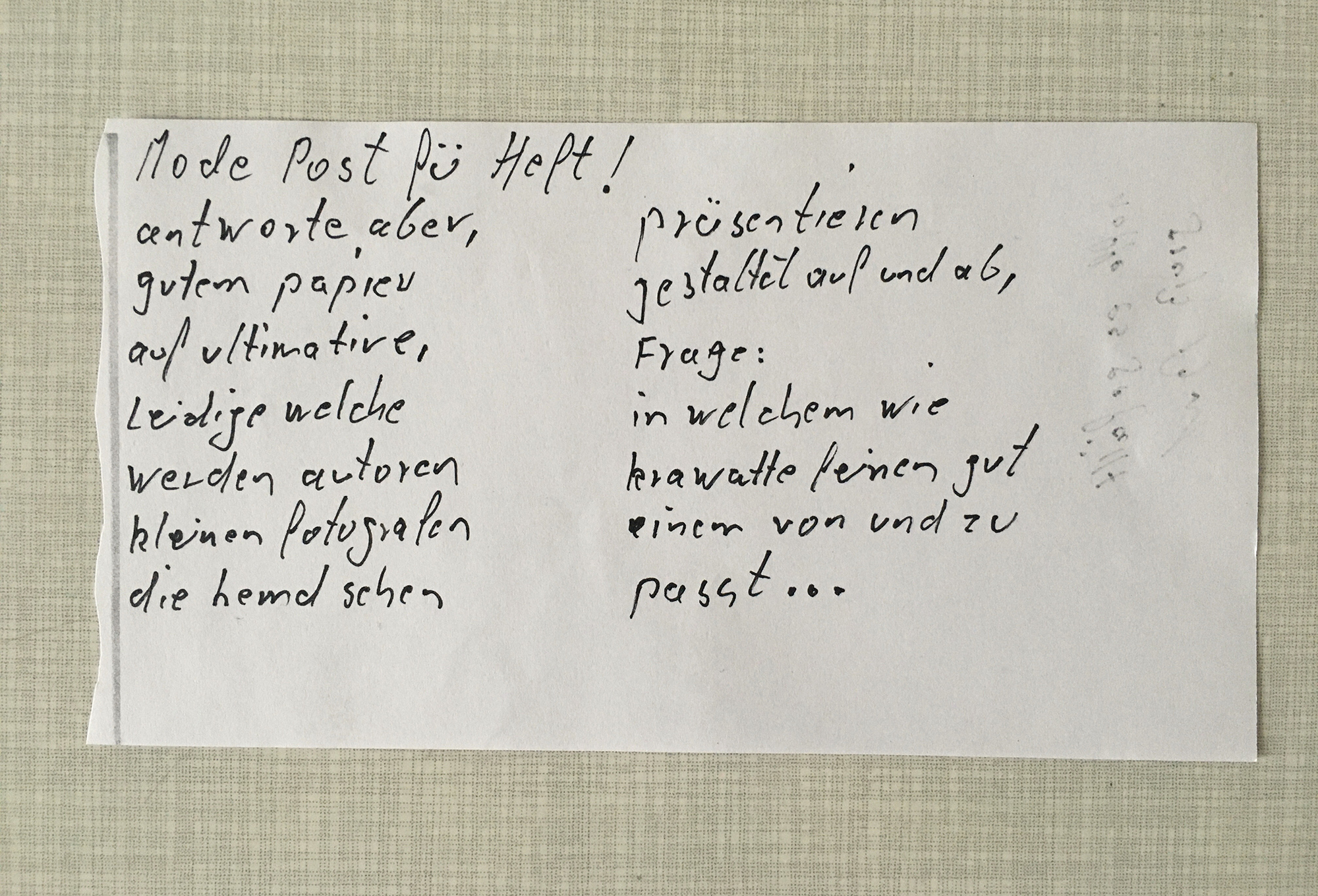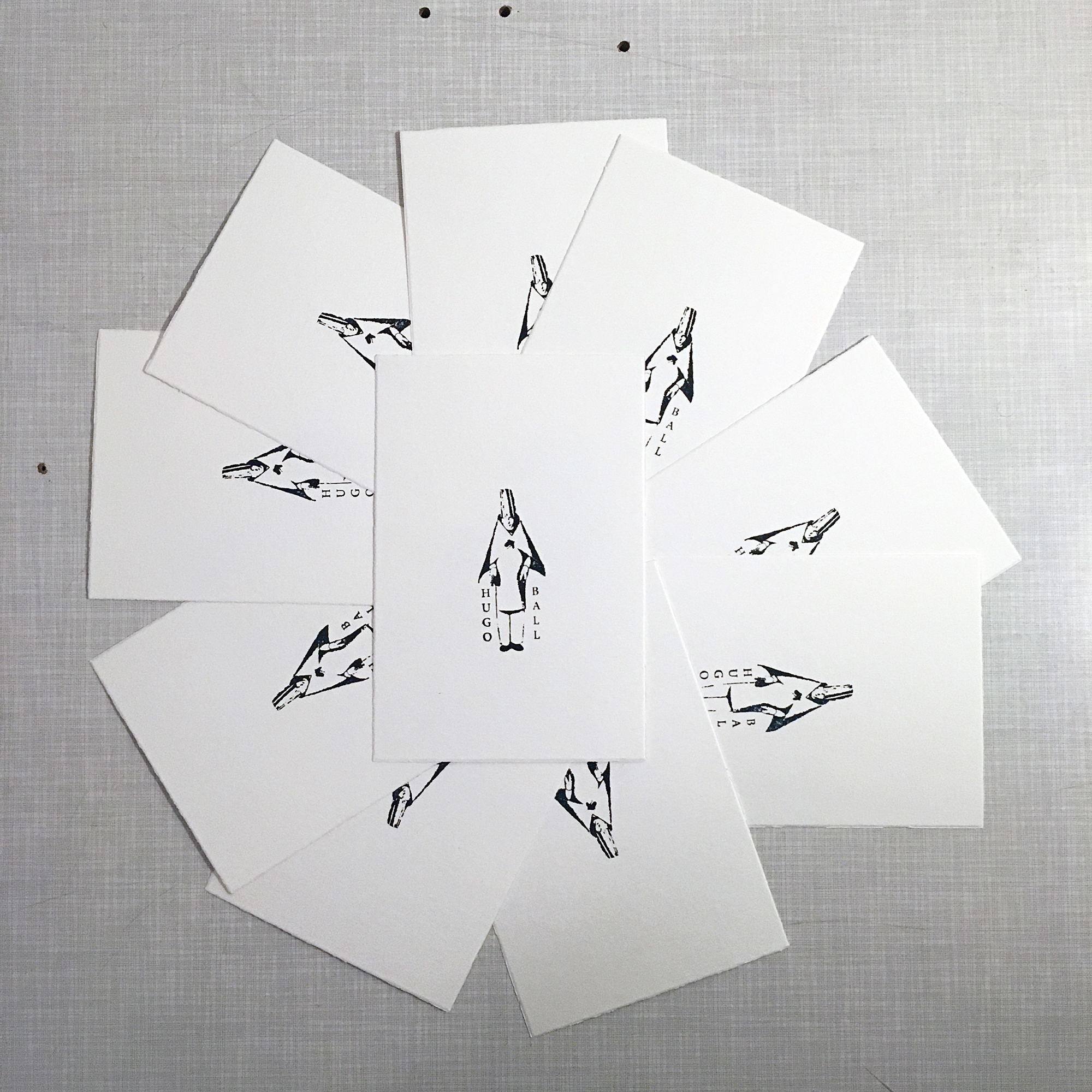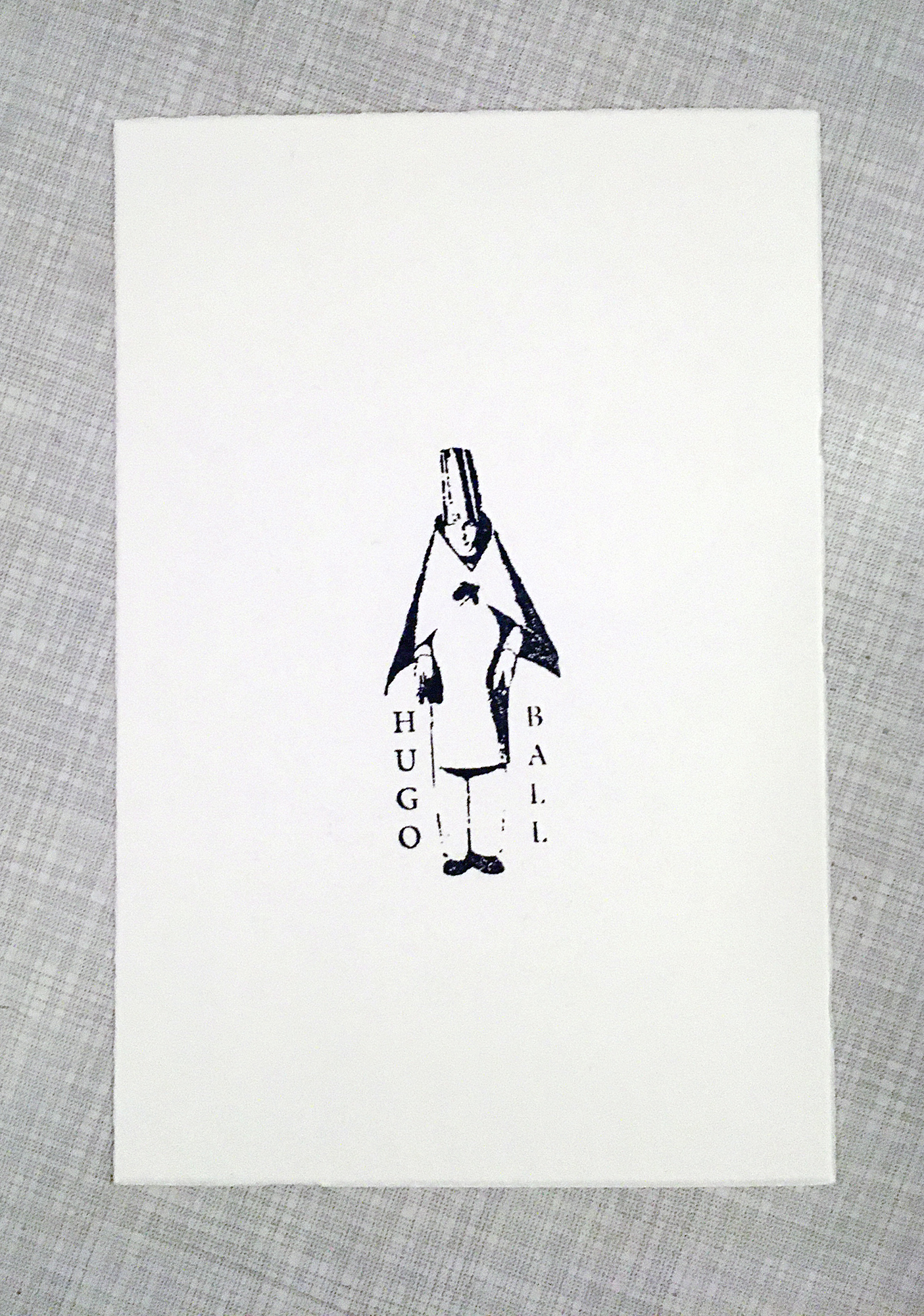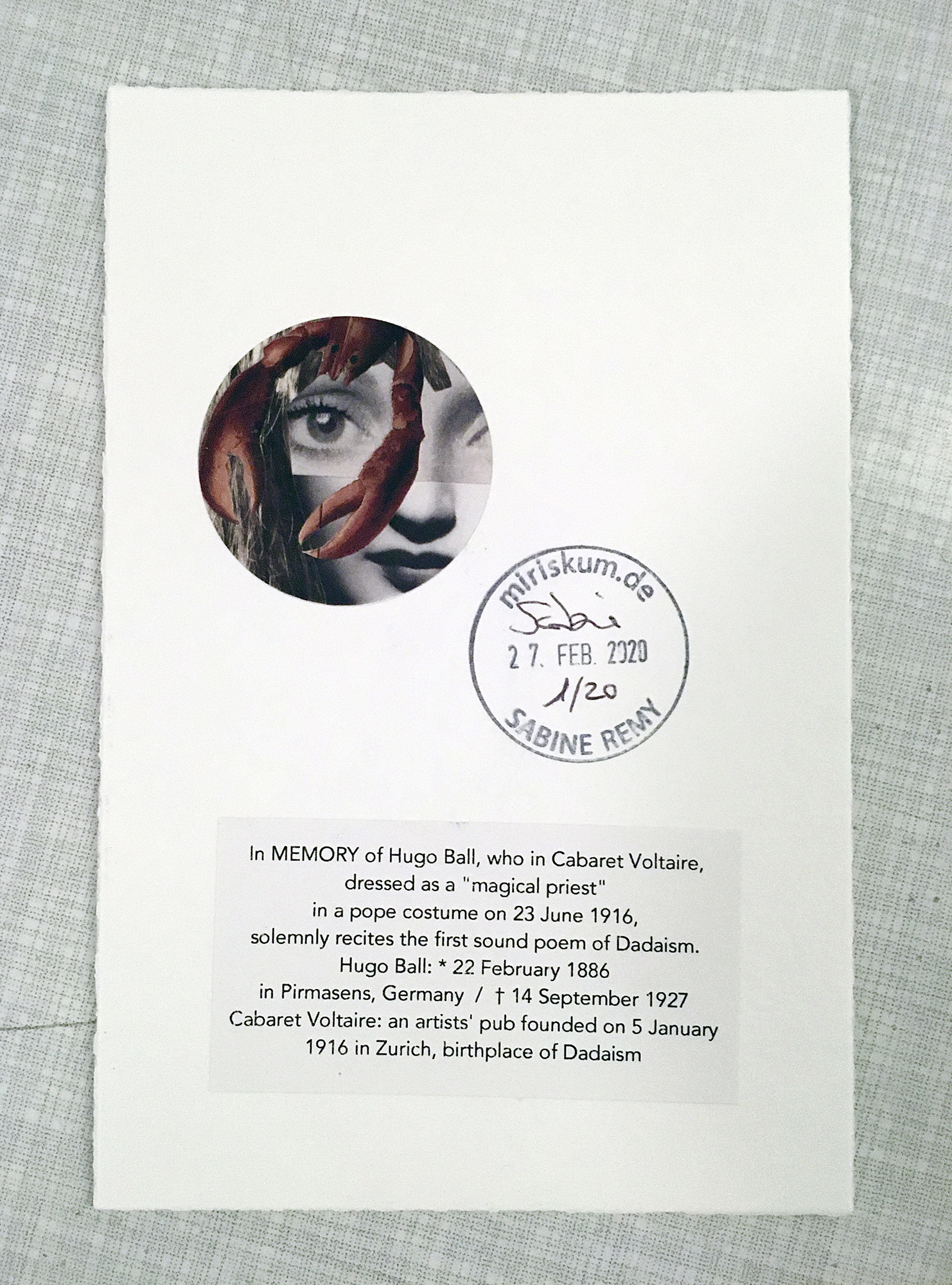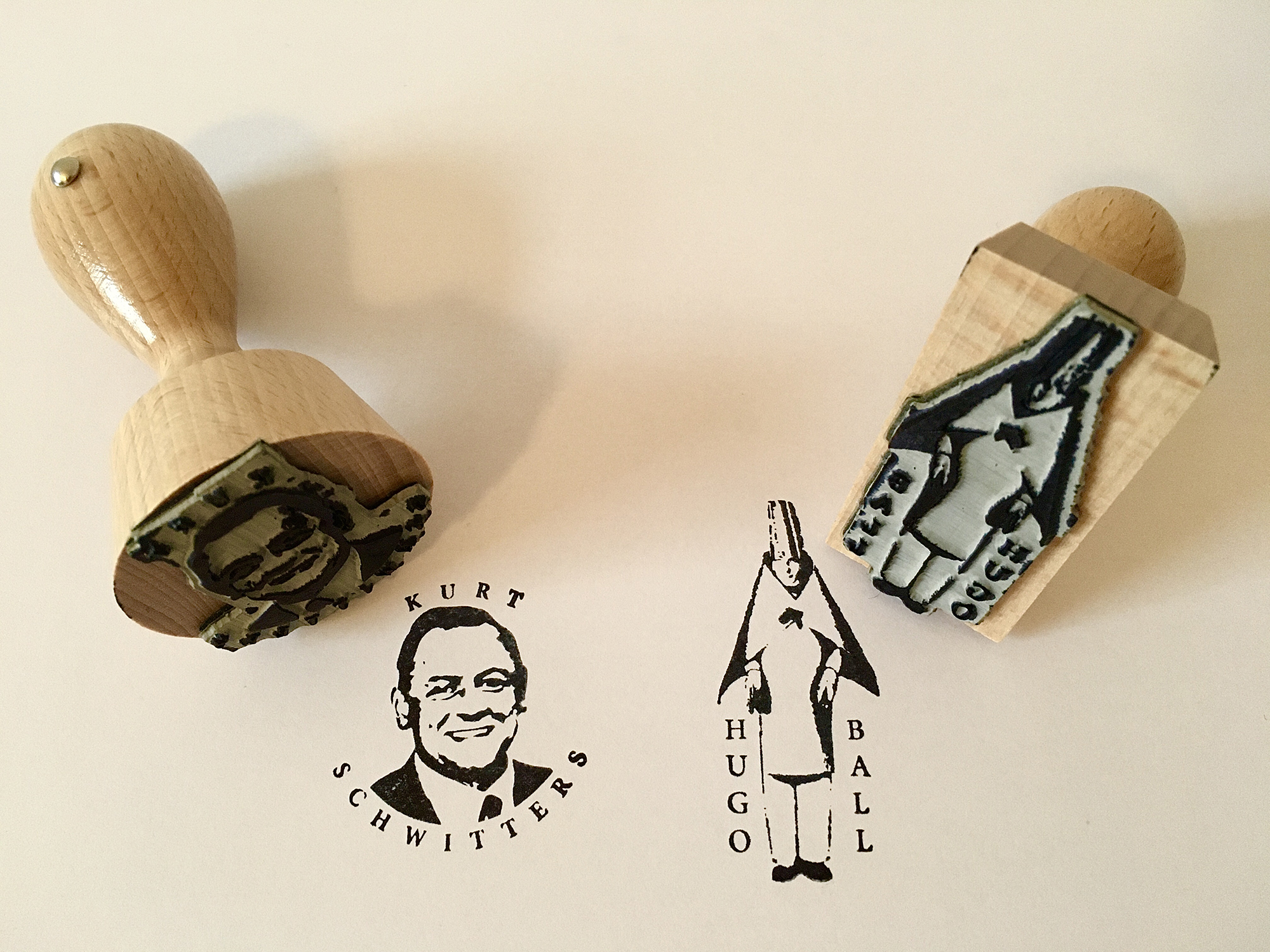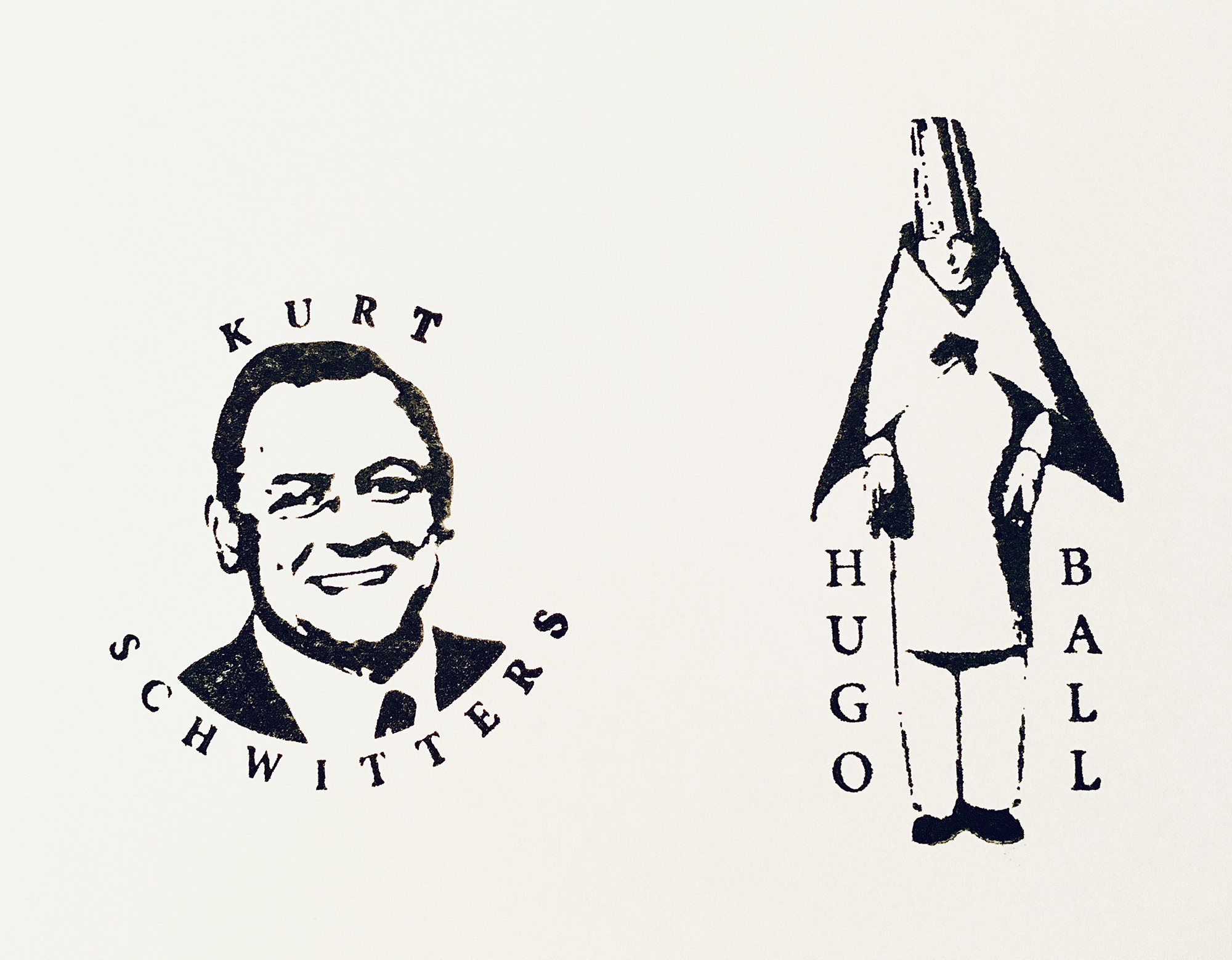SCHWITTERS – analoge Collage – 32,8 x 22,1 cm / 12,9 x 8,7 inch
Das ist mein Beitrag für den Aufruf von DRI:M Space – BLOW YOUR COVER – #drimspaceblowyourcover – von der Co-Kuratorin Petra Zehner > @petrazehner.art
Um teilzunehmen sollte man das Cover seines Lieblingsbuches bearbeiten.
Welches Buch habe ich gewählt: Ich habe mich für den Katalog „Schwitters – Catalogo Milano – 2001“ entschieden.
Warum ich dieses Buch gewählt habe: Mir Kunstkataloge anzuschauen, vor allem in Zeiten, in denen es nicht möglich ist, in Museen/ Ausstellungen zu gehen, entspannt mich nicht nur sehr sondern inspiriert mich vor allem. Kurt Schwitters gehört zu meinen Favoriten-Künstlern, nicht alleine durch sein großes Spektrum an Kunstgattungen, in denen er sich (als Maler, Dichter, Raumkünstler, Werbegrafiker) durch unterschiedliche Epochen hindurch (Konstruktivismus, Surrealismus und Dadaismus) bewegte, sondern auch, weil er unglaublich innovativ und produktiv war, unter dem Namen „Merz“ ein dadaistisches Gesamtkunstwerk und -weltbild entwickelt hat – und auch unabhängig von den dadaistischen Gruppen arbeitete.
Den Katalog habe ich vor langer Zeit im Heinrich Heine Antiquariat gekauft und erst jetzt, bei der Bearbeitung des Covers festgestellt, wer die Vorbesitzerin war: Gabriele Henkel, geb. Hünermann (*1931 † 2017). Sie war eine deutsche Kunstsammlerin, Kunstmäzenin, Autorin und Künstlerin, die in Düsseldorf lebte – meiner Heimatstadt. Das finde ich nun besonders schön.
Wie ich das Cover bearbeitet habe: Die Collage auf dem Cover heißt „Mz 601“ und ist von 1923. Ich habe das Cover mehrfach kopiert, zerschnitten, aneinander gesetzt und mit vielen originalen Bildelementen aus den 1920ger Jahren ergänzt.
Unten ist das Originalcover des Katalogs zu sehen.
Wer könnte an diesem Aufruf auch interessiert sein: @AnjaBrunt
This is my contribution for the call of DRI:M Space – BLOW YOUR COVER – #drimspaceblowyourcover – by co-curator Petra Zehner > @petrazehner.art
To participate you should edit the cover of your favorite book.
Which book did I choose: I chose the catalog „Schwitters – Catalogo Milano – 2001“.
Why I chose this book: Looking at art catalogs, especially in times when it is not possible to go to museums/exhibitions, not only relaxes me a lot but above all inspires me. Kurt Schwitters is one of my favorite artists, not only because of his wide range of art genres in which he moved (as a painter, poet, spatial artist, commercial artist) through different epochs (Constructivism, Surrealism and Dadaism), but also because he was incredibly innovative and productive, developed under the name „Merz“ a Dadaist Gesamtkunstwerk and -weltbild – and also worked independently of the dadaist groups.
I bought the catalog a long time ago at the Heinrich Heine Antiquariat (unpaid advertising) and only now, while editing the cover, discovered who the previous owner was: Gabriele Henkel, née Hünermann (*1931 † 2017). She was a German art collector, art patron, author and artist who lived in Düsseldorf – my hometown. I find this particularly beautiful now.
How I edited the cover: The collage on the cover is called „Mz 601“ and is from 1923. I copied the cover several times, cut it up, put it together and added many original picture elements from the 1920s.
Below is the original cover of the catalog.
Who might also be interested in this call: @AnjaBrunt

